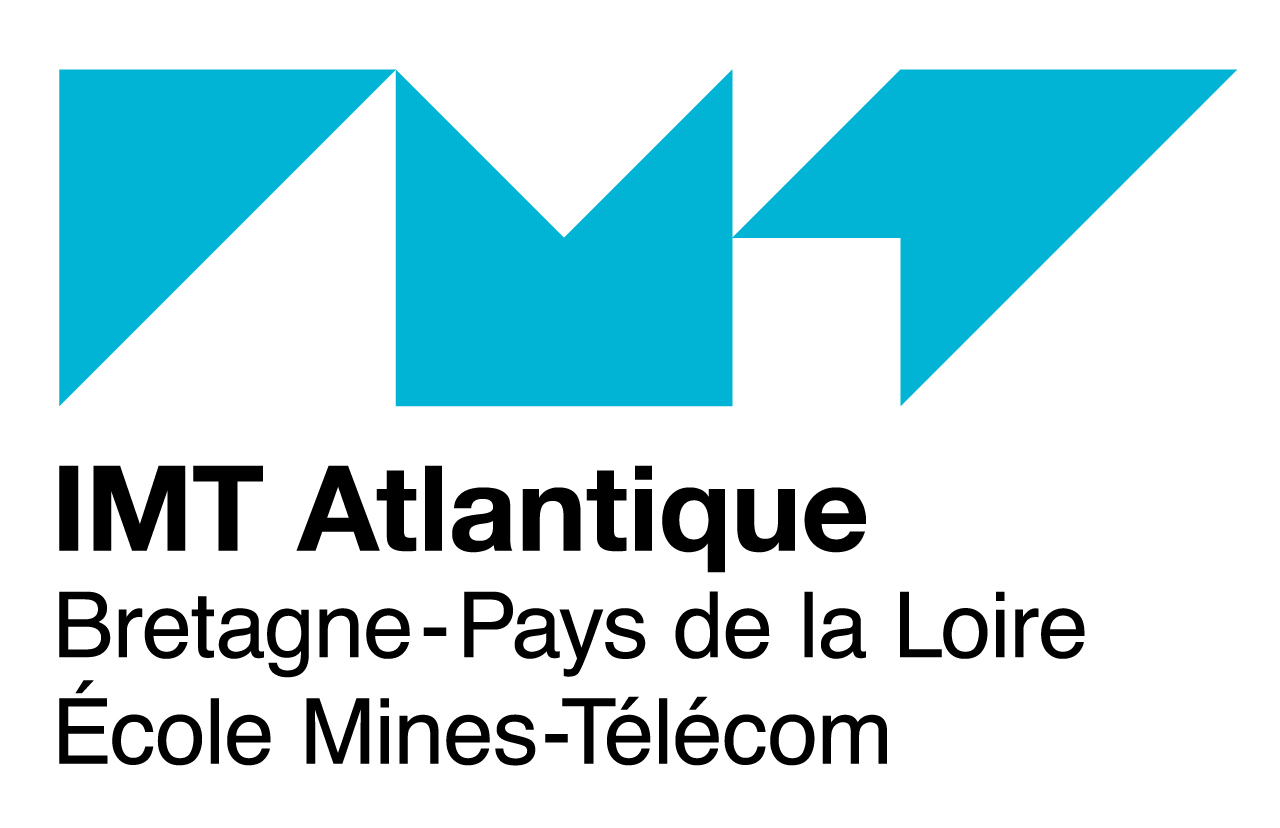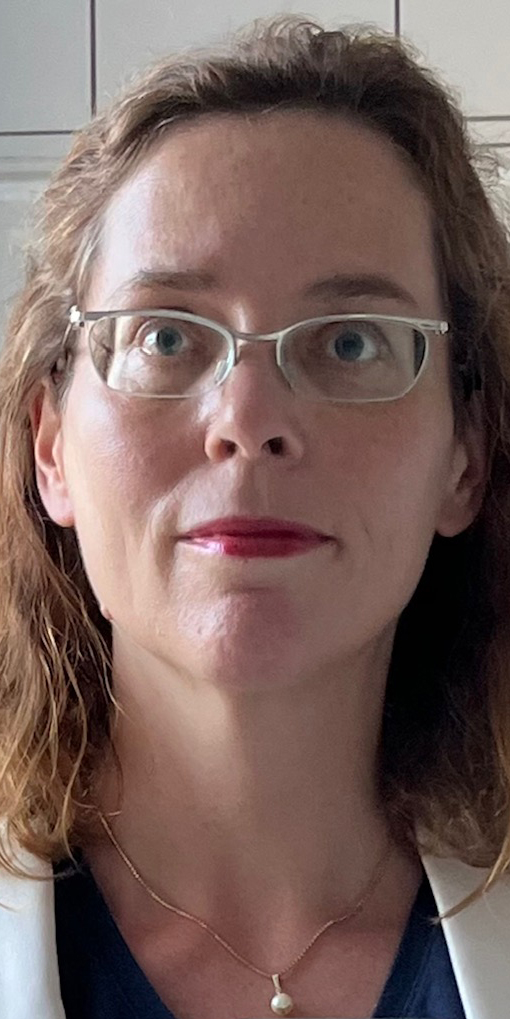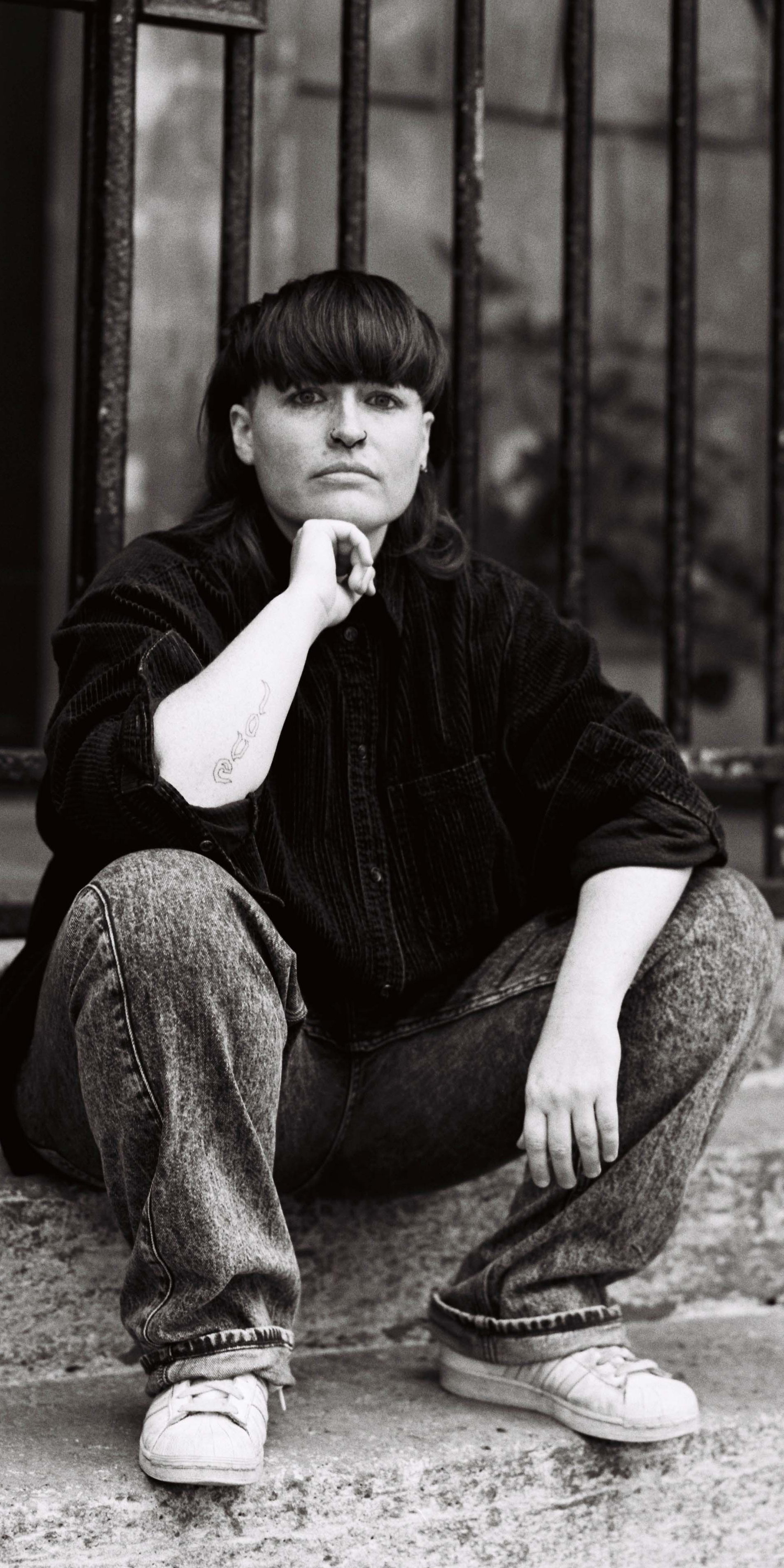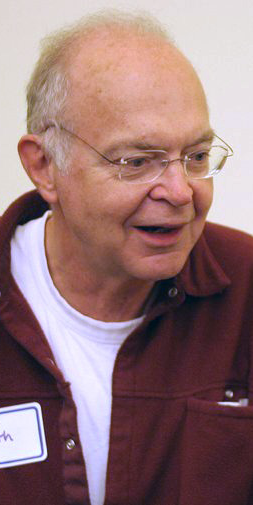

|
|
|
Main menu
HELP
|
Grapholinguistics in the 21st century—From graphemes to knowledge G21C (Grapholinguistics in the 21st Century, also called /gʁafematik/) is a biennial conference bringing together disciplines concerned with grapholinguistics and, more generally, the study of writing systems and their representation in written communication. The conference aims to reflect on the current state of research in the area and on the role that writing and writing systems play in neighboring disciplines like computer science and information technology, communication, typography, psychology, and pedagogy. In particular it aims to study the effect of the growing importance of Unicode with regard to the future of reading and writing in human societies. Reflecting the richness of perspectives on writing systems, G21C is actively interdisciplinary. It welcomes proposals from researchers from the fields of computer science and information technology, linguistics, communication, pedagogy, psychology, history, and the social sciences. And, BTW, we didn't make the term “grapholinguistics” up; it first appeared in 1967 and was officially introduced with the current meaning in 2015 by Martin Neef. It is a straightforward translation of the German term »Schriftlinguistik«. It is not the first case of a mixed Greek neoclassical component prefixed to the word “linguistics,” famous precedents are “psycholinguistics” and “neurolinguistics,” less famous ones, “xenolinguistics,” “biolinguistics,” “cryptolinguistics,” etc. The Grapholinguistics in the 21st Century Conference is kindly endorsed by ACL (Association for Computational Linguistics) and by ATypI (Association Typographique Internationale). The first edition of G21C was held in Brest, France, on June 14-15, 2018, the second edition was held online on June 17-19, 2020, and the third edition of G21C was held in Palaiseau, on June 8-10, 2022. Sponsored by IMT Atlantique and LabSTICC CNRS laboratory (UMR 6285) Program October 23rd, 2024
October 24th, 2024
October 25th, 2024
Keynote speakers
Organizers Yannis Haralambous, IMT Atlantique & CNRS Lab-STICC, Brest, France Location The conference will be held in hybrid mode: participants can present and interact in videoconference mode or attend physically. The physical location will be Aula Geymonat at Palazzo Malcanton Marcorà, Calle Contarini, Dorsoduro 3484/D, 30123 Venezia, Italy. Important dates Submission deadline: June 15th 23rd 2024 https://grafematik2024.sciencesconf.org Submission details To submit a presentation proposal, please connect to CMT and provide an extended ANONYMOUS abstract of at least 500 and at most 1,000 words, followed by at least 10 (ten) bibliographical references in a PDF file. Proposals that do not respect these constraints will not be considered. Registration fee The registration fee is
Please pay using this link. Proceedings The Proceedings will be published by Fluxus Editions publishing house (Brest, France) as a volume of the Grapholinguistics and Its Applications Series. Articles in the Proceedings can be 12-60 pages long (LaTeX “article” document class) and can be written in English, French, or German. Instructions can be found here. The submission deadline is February 28th, 2025. |









